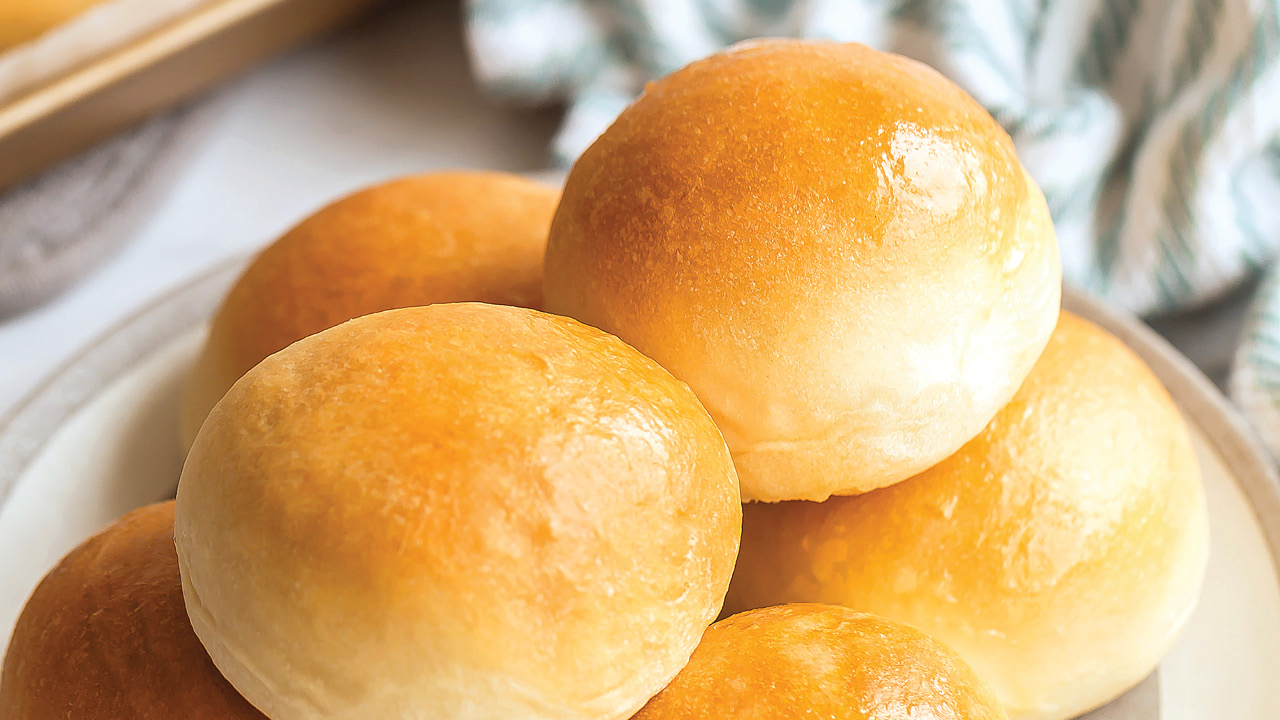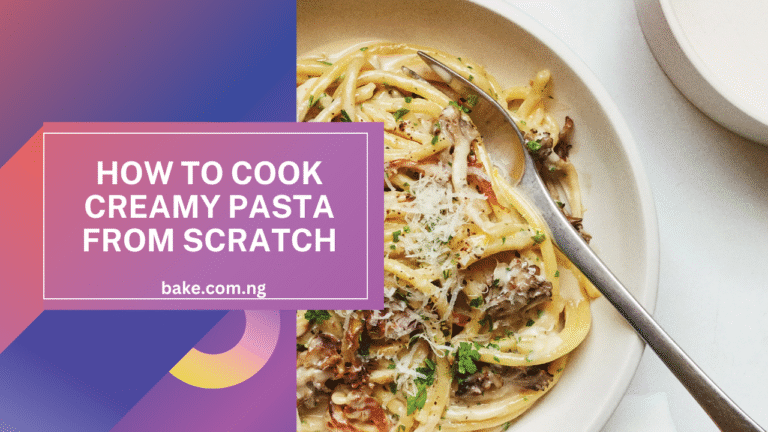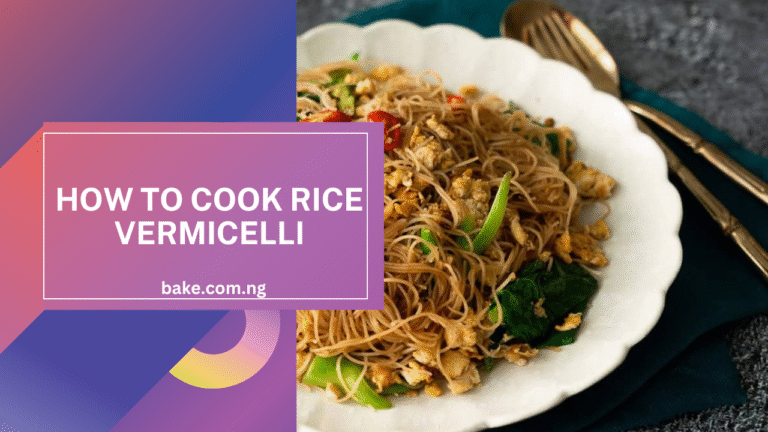If you’re looking for a warm, fluffy, and slightly sweet bun recipe, you’re in the right place. Baking your own buns from scratch is rewarding and surprisingly simple. With just 1kg of flour, you can make enough soft, pillowy buns to share (or enjoy all to yourself). This recipe will walk you through each step, explaining the process and offering tips to ensure your buns come out perfectly.
Ingredients
For this recipe, we’ll use basic ingredients that can be easily found in your kitchen or local grocery store:
- 1 kg all-purpose flour (you can also use bread flour for slightly chewier buns)
- 1 cup sugar (adjust to taste for a sweeter or less sweet bun)
- 1 teaspoon salt
- 4 teaspoons active dry yeast (about 12g)
- 200g butter (softened to room temperature)
- 500ml warm milk (not too hot, around 100°F or 37°C)
- 4 large eggs
- 1 teaspoon vanilla extract (optional, for added aroma)
- Extra butter for brushing (optional, for a glossy finish)
Step-by-Step Recipe Instructions
1. Prepare Your Yeast Mixture
To get the best rise out of your dough, start by activating your yeast. In a bowl, combine the warm milk and 2 tablespoons of sugar. Stir well until the sugar dissolves, then add in the yeast. Let the mixture sit for about 5-10 minutes until it becomes foamy and bubbly. This step proves that your yeast is active and ready for baking.
2. Combine the Dry Ingredients
In a large mixing bowl, add your 1 kg of flour, the remaining sugar, and salt. Stir these ingredients together until well-combined. This helps ensure that the sugar and salt are evenly distributed throughout the flour, which is key for consistency in flavor.
3. Incorporate the Wet Ingredients
Create a well in the center of your flour mixture. Crack the eggs into the well and pour in the activated yeast mixture. Add the softened butter, which should be at room temperature to blend easily. If you’re using vanilla extract, add it now as well. Mix everything together with a wooden spoon or your hands. At this stage, the dough will be quite sticky, but that’s okay!
4. Kneading the Dough
Turn the dough out onto a floured surface and begin kneading. Kneading develops the gluten in the flour, which is what gives your buns their soft, stretchy texture. If the dough sticks to your hands or the surface, sprinkle a bit more flour. Aim to knead for about 10-15 minutes, until the dough is smooth and elastic. If you poke the dough with a finger, it should slowly bounce back.
5. First Rise (Proofing the Dough)
Place the kneaded dough in a large, greased bowl. Cover it with a clean kitchen towel or plastic wrap and let it rise in a warm, draft-free area for 1-2 hours. The dough should double in size. If your kitchen is cold, you can place the bowl inside your oven with just the oven light on. The warmth from the light will create the ideal environment for proofing.
6. Shaping the Buns
Once the dough has doubled, punch it down to release any trapped air bubbles. This will make your buns soft and even in texture. Divide the dough into equal-sized balls (about 50-60g each if you prefer smaller buns or 80-100g for larger ones). Shape each portion into a smooth ball by tucking the edges underneath, then place them on a baking sheet lined with parchment paper. Leave about 1 inch of space between each bun so they have room to expand.
7. Second Rise
Cover the buns again with a kitchen towel and let them rise for about 30-45 minutes. This second rise will give your buns their final shape and make them even softer. They should nearly double in size again.
8. Preheat the Oven
While the buns are rising, preheat your oven to 180°C (350°F). If you like a golden, shiny crust on your buns, prepare an egg wash by beating one egg with a tablespoon of milk. Brush this mixture gently over the tops of the buns before baking.
9. Bake the Buns
Bake the buns in the preheated oven for about 18-22 minutes, or until they are golden brown on top. The baking time may vary depending on the size of your buns, so keep an eye on them. When they’re done, the tops should be a lovely golden color, and they should sound hollow if you tap the bottom lightly.
10. Finishing Touches
As soon as the buns come out of the oven, brush them with melted butter for a soft, tender crust. This step also adds a rich flavor and a bit of shine. Let the buns cool on a wire rack for a few minutes before serving.
Tips for Perfect Buns
- Check Your Yeast: Make sure your yeast is not expired, as old yeast may not activate properly.
- Milk Temperature: Warm milk helps the yeast rise, but if it’s too hot, it can kill the yeast. Aim for a temperature around 37°C (100°F).
- Soft Butter: Using softened butter rather than melted butter in the dough gives the buns a more tender, flaky texture.
- Rising Time: Don’t rush the rising process. Allowing the dough to rise fully in both stages results in soft and fluffy buns.
- Add Flavors: You can add ingredients like cinnamon or nutmeg to the dough for a spiced flavor or sprinkle sesame seeds or poppy seeds on top before baking for added texture.
Serving Suggestions
These buns are versatile and delicious on their own, but you can enjoy them in several ways:
- Sweet Option: Serve warm buns with butter and jam for a comforting treat.
- Savory Option: Pair the buns with cheese, ham, or even a slice of avocado for a simple snack or light lunch.
- Party Idea: Fill the buns with various fillings, like chocolate or custard, for a fun twist that’s sure to impress guests.
Storing and Reheating Buns
If you have leftovers, store the buns in an airtight container at room temperature for up to two days. For longer storage, wrap them in plastic wrap and freeze them. When you’re ready to enjoy them again, just pop them in the oven at 180°C (350°F) for 5-7 minutes to bring back their softness.
Conclusion
There’s something incredibly satisfying about making buns from scratch. The aroma that fills your kitchen, the golden crust, and the soft, pillowy texture make this homemade treat well worth the effort. With this recipe, you’ll be able to whip up a large batch using just 1kg of flour, perfect for sharing with friends and family or for stocking up on homemade goodness. Happy baking, and enjoy every bite!




